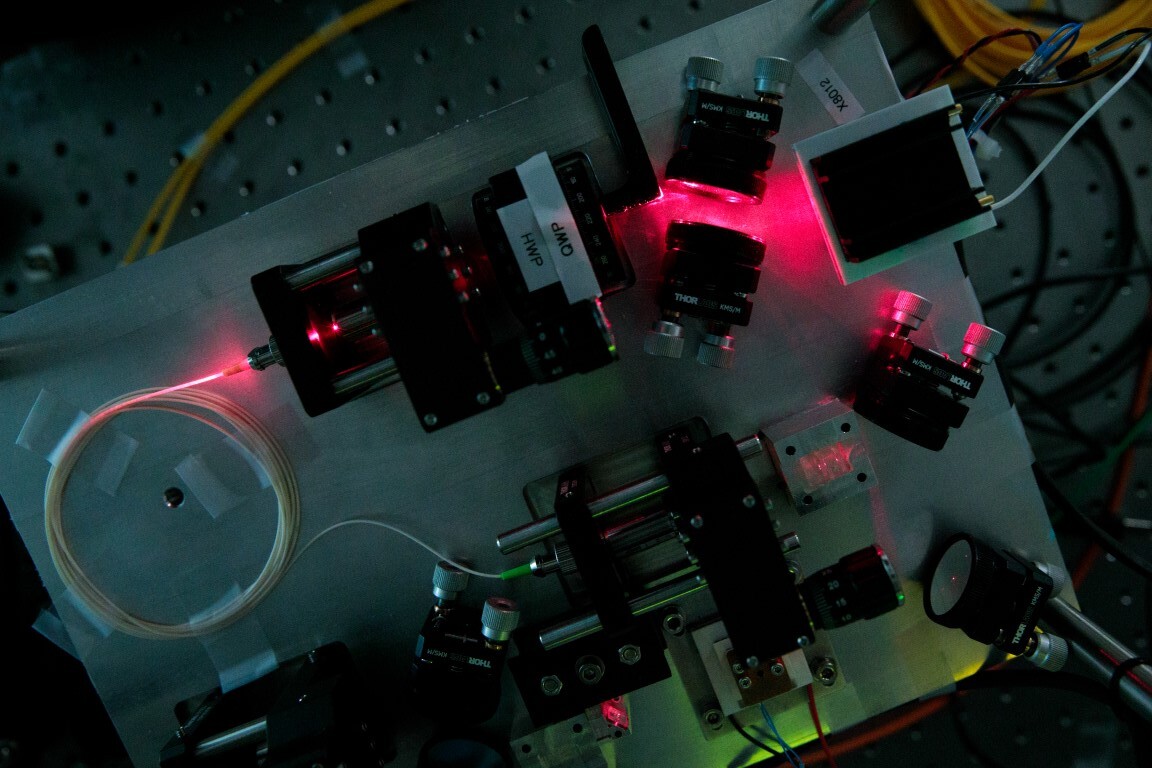
Researchers from Singapore’s Centre for Quantum Technologies devised a new technique that helps pairs of entangled light particles smoothly navigate underground fiber networks, supporting the deployment of a technology known as quantum key distribution (QKD).
They team comprised of researchers from the National University of Singapore (NUS) and Singtel, the largest mobile network operator in Singapore.
The research, published on 4 April in the scientific journal Applied Physics Letters (citation below), comes as companies and governments across the world are realizing the importance of strengthening cyber security systems.
The team performed a demonstration of the technique over 10km of Singtel’s fiber network.
Unlike most QKD schemes, which require that the sender and receiver of a secret message exchange photons directly or trust the source of their keys, the trials carried out by the NUS-Singtel team use pairs of photons that are connected by the quantum property of entanglement.
This new approach makes it possible to check the security of a key provided by a third party supplier.
The Centre of Quantum Technologies gave the following explanation:
“It works like this: the supplier would create a pair of photons, then split them up, sending one each to the two parties that want to communicate securely. The entanglement means that when the parties measure their photons, they get matching results, either a 0 or 1. Doing this for many photons leaves each party with identical patterns of 0s and 1s, giving them a key to lock and unlock a message.”
This method keeps entangled photons in sync as they travel different paths through the network. It works by designing the photon source to create pairs of light particles with colours either side of a known feature of optical fibre called the ‘zero-dispersion wavelength’.
“Timing information is what allows us to link pairs of detection events together. Preserving this correlation will help us to create encryption keys faster,” said James Grieve, a researcher on the team.
Associate Professor Alexander Ling, a Principal Investigator at CQT, said: “Before these results, it was not known if the multi-segment nature of deployed fibre would enable high precision dispersion cancellation, because the segments don’t generally have identical zero dispersion wavelengths.”
Journal Citation
James A. GrieveYicheng ShiHou Shun PohChristian KurtsieferAlexander Ling; Characterizing nonlocal dispersion compensation in deployed telecommunications fiber. Appl. Phys. Lett. 1 April 2019; 114 (13): 131106. doi.org/10.1063/1.5088830
